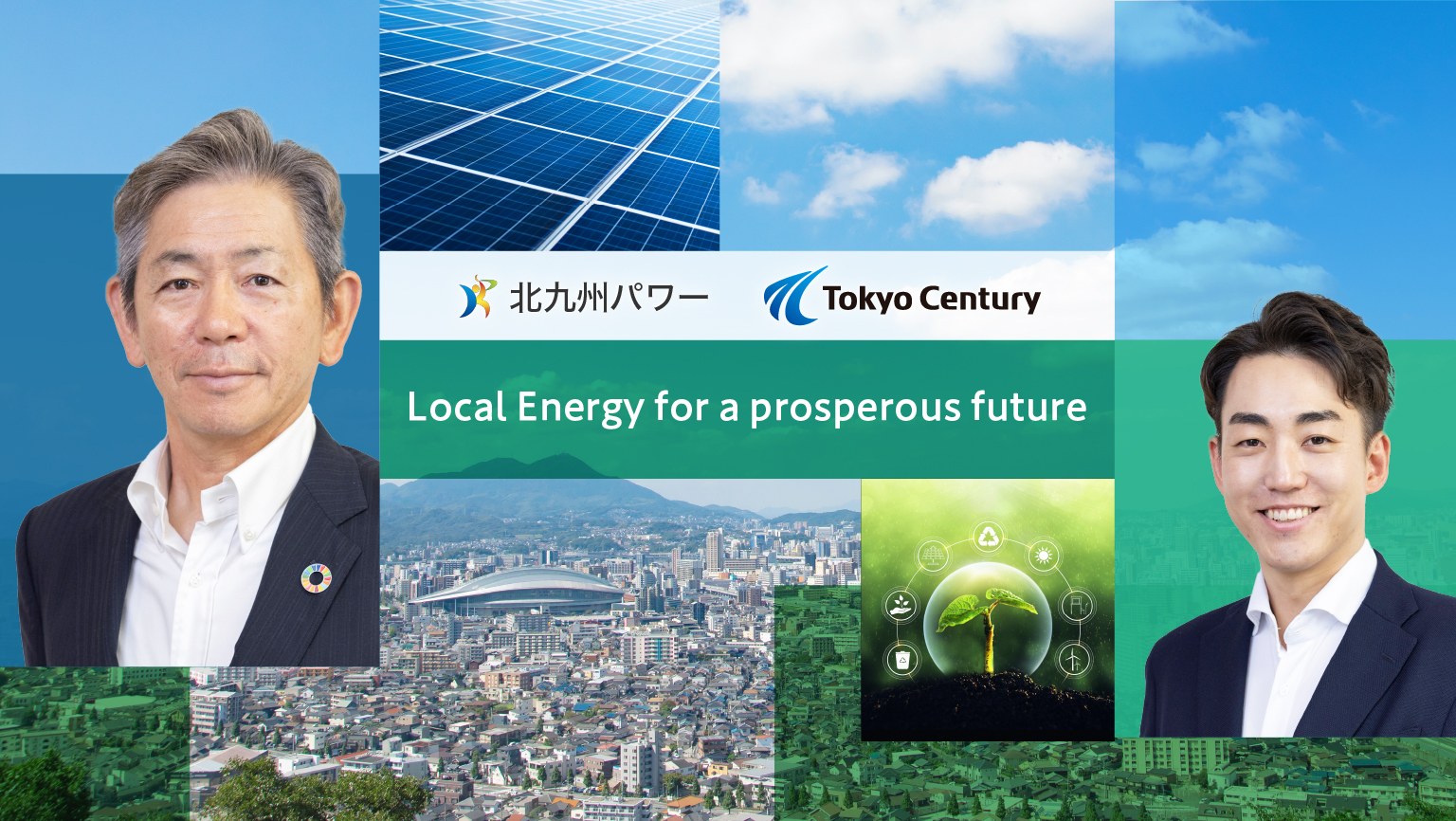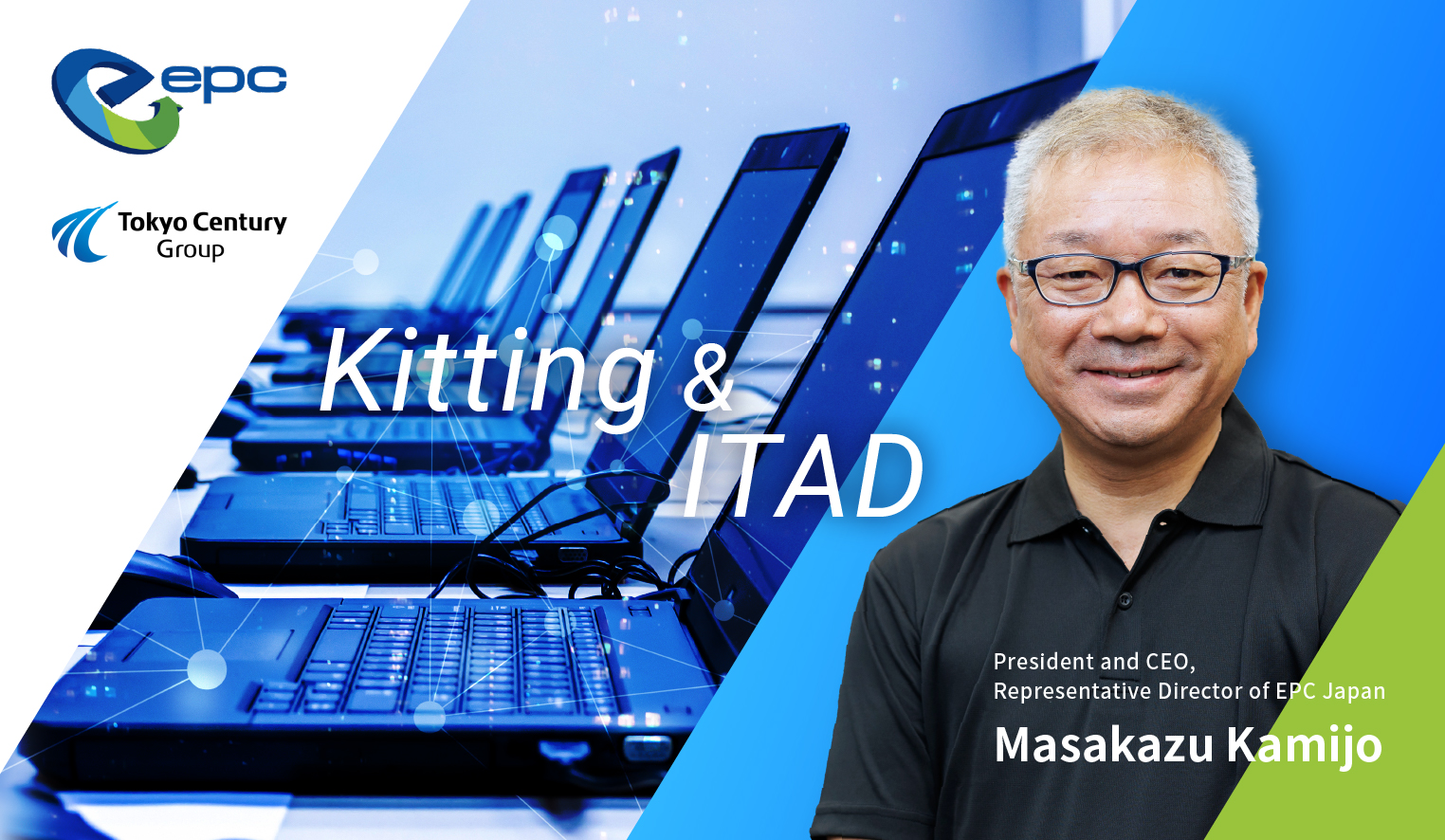
Kitakyushu Power Supports Municipal Decarbonization with Third-Party Ownership Model: Kitakyushu City’s Challenge of Achieving 100% Renewable Electricity
Jan 15, 2025
Municipalities have been adopting various means of achieving carbon neutrality by 2050. Kitakyushu City has been selected as a Decarbonization Leading Area by the Ministry of the Environment and is moving forward with a variety of initiatives that enable all public facilities in the city to achieve 100% renewable electricity by 2025. What key roles will be played by a new power company and third-party ownership model in making this happen? Here we present an interview with President Tomitaka of Kitakyushu Power Co., Ltd. and Mr. Ishii of the Tokyo Century Fukuoka Business Division, who are working hard every day to support the municipality’s decarbonization.
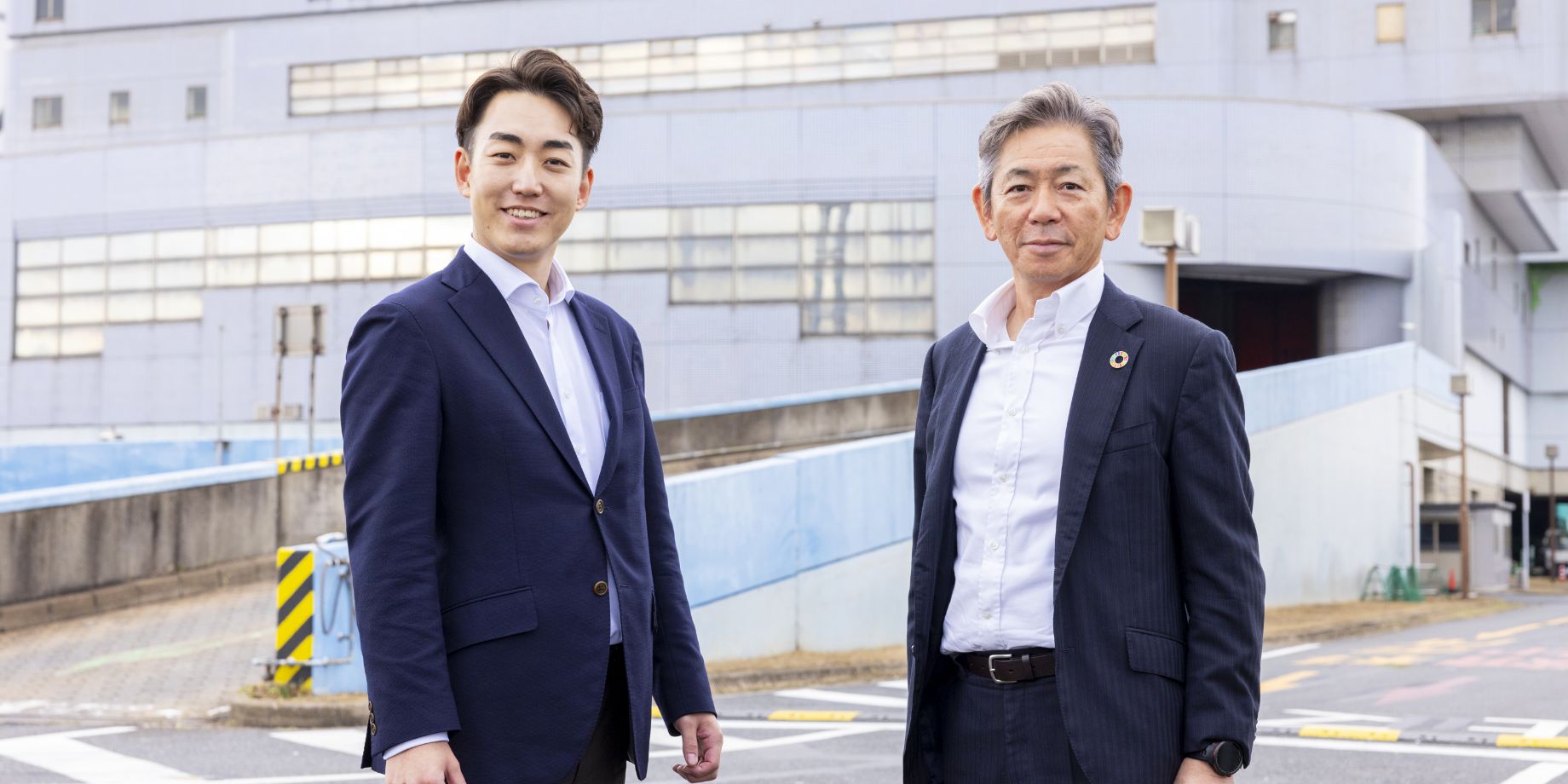
At the Hiagari Plant: Mr. Ishii of Tokyo Century (left) and President Tomitaka of Kitakyushu Power (right)
The Advantage of the Third-Party Ownership Model Is That No Initial Cost Is Required and Equipment Maintenance Leads to a Longer Service Life, in Turn Helping Drive a Circular Economy
——Could you start by explaining Kitakyushu Power’s business?
Tomitaka: Since the Great East Japan Earthquake, Kitakyushu City has been actively discussing ways to combat power shortages. In 2015, electricity deregulation took effect and Kitakyushu Power was established to supply low-cost, stable power to public facilities and local businesses in the city.
We’ve established a system for supplying locally produced electricity for local consumption. We supply all public facilities in Kitakyushu City, as well as small and medium-sized regional businesses, with electricity generated through thermal recycling*1, which uses the thermal energy generated when incinerating waste at three waste disposal plants*2 in the city.
*1 Recycling method for recovering and using the thermal energy from waste incineration
*2 Shinmoji Plant, Hiagari Plant, and Kogasaki Plant
——How is Tokyo Century supporting Kitakyushu Power’s business development?
Ishii: A major feature of Kitakyushu Power is that it provides electricity and a variety of decarbonization services, including the introduction of solar power generation and high-efficiency air-conditioning systems. These services are handled through a third-party ownership model, in which we own the equipment while providing equipment maintenance, inspection, and operations management, as well as financing support. In these tasks, we leverage IoT and other expertise to deliver an optimal environment for the customer. This is referred to as the third-party ownership model because the equipment is owned by our company as a third party, not the municipality.
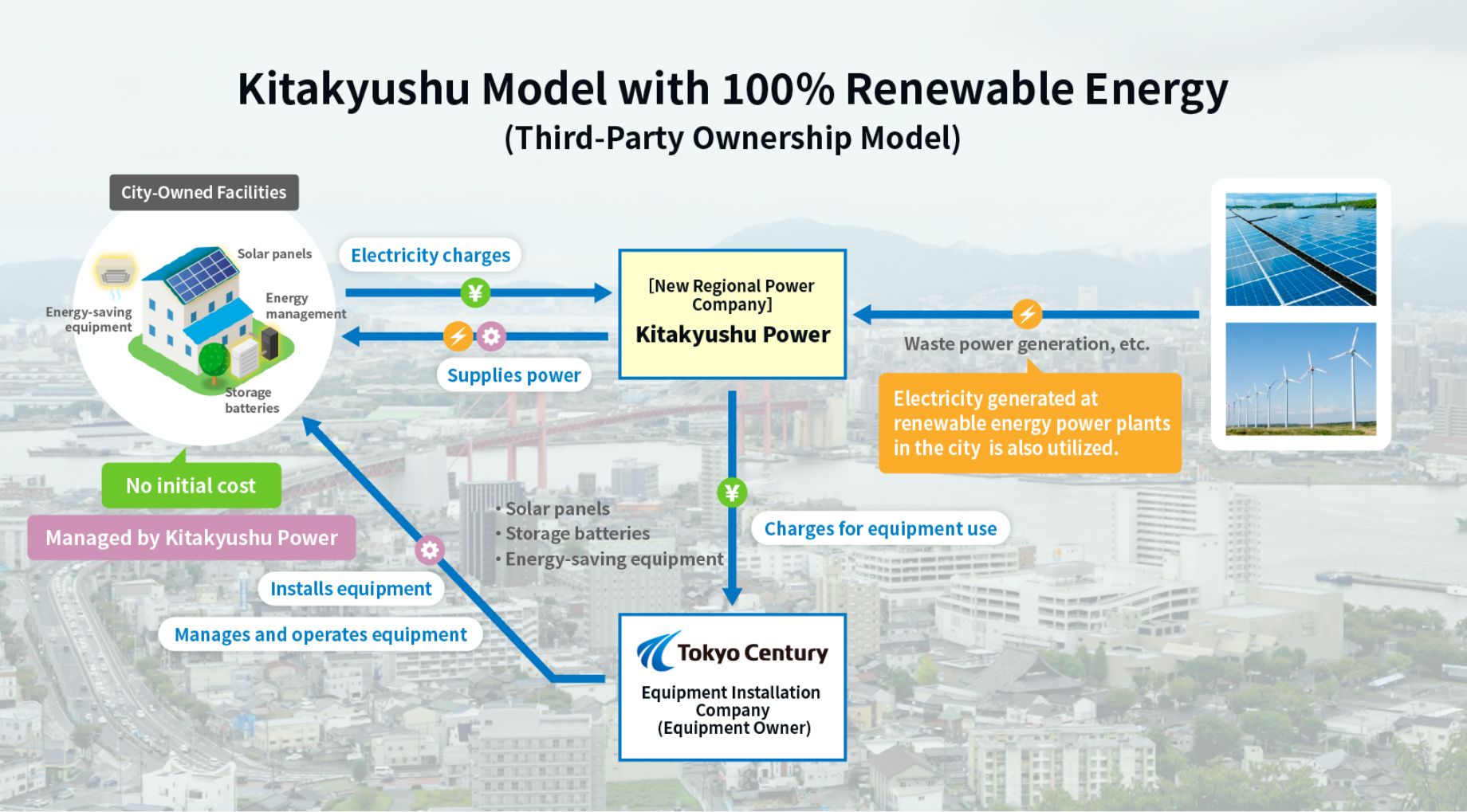
Third-Party Ownership Model
——What benefits does the third-party ownership model offer to municipalities?
Tomitaka: Kitakyushu City has set a goal of 100% renewable electricity for all public facilities in the city by fiscal 2025, and we’re playing a role in achieving that objective. In collaboration with Tokyo Century, we have already installed energy-saving equipment such as LED lighting and high-efficiency air-conditioning systems, as well as solar power generators.
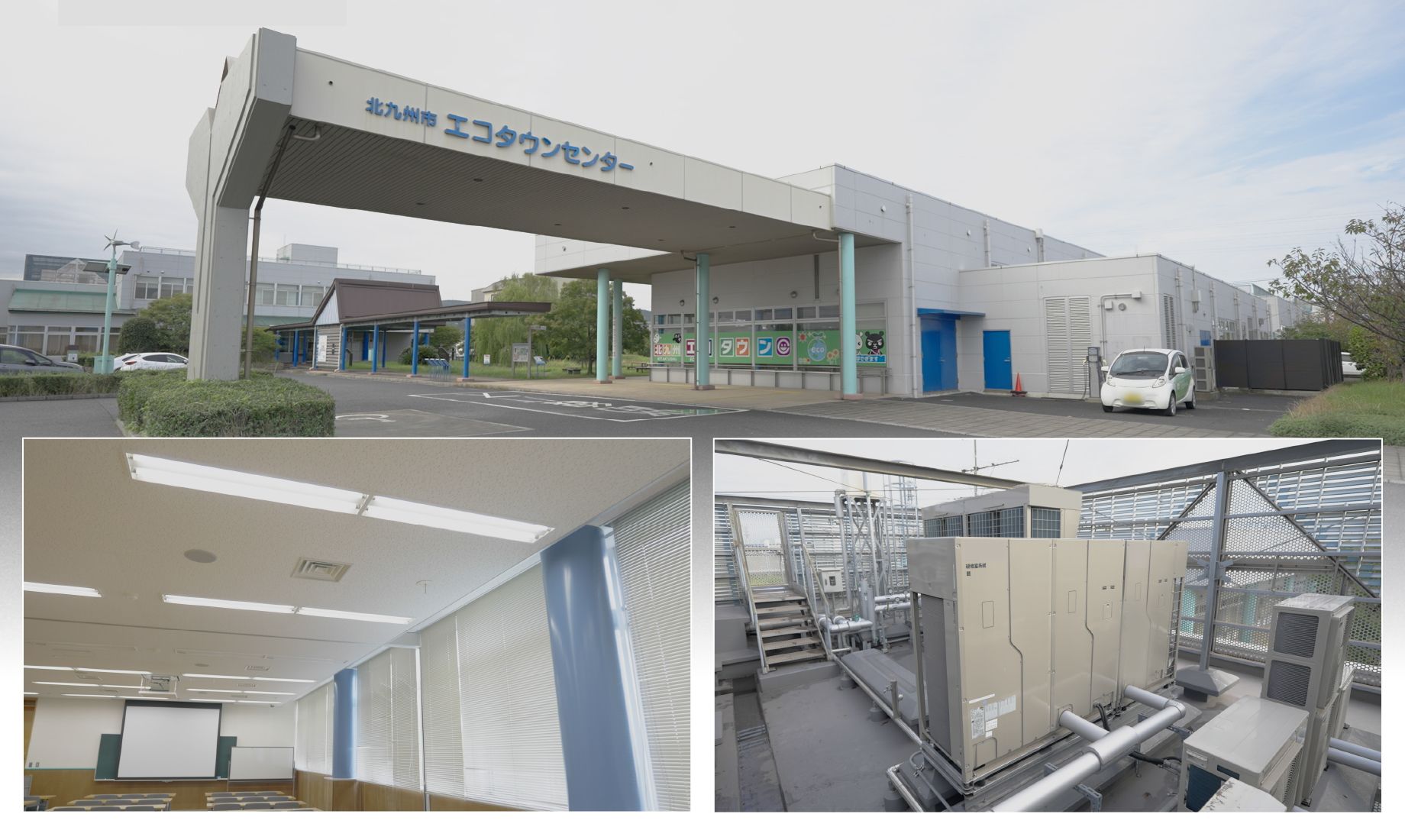
Tomitaka:I think the biggest benefit for municipalities is that there is no initial cost. The municipality can finally launch a project after formulating a budget and accumulating all the funds in advance. However, by utilizing this third-party ownership model, no initial costs are needed, which allows for faster decision-making.
In addition, there’s also the benefit of a longer service life. Until now, teachers at schools have been responsible for the maintenance of air-conditioning systems. Proper management through professional maintenance is expected to extend service life. Disposal, replacement, and recycling can also be handled by professional services, allowing for a worry-free experience.
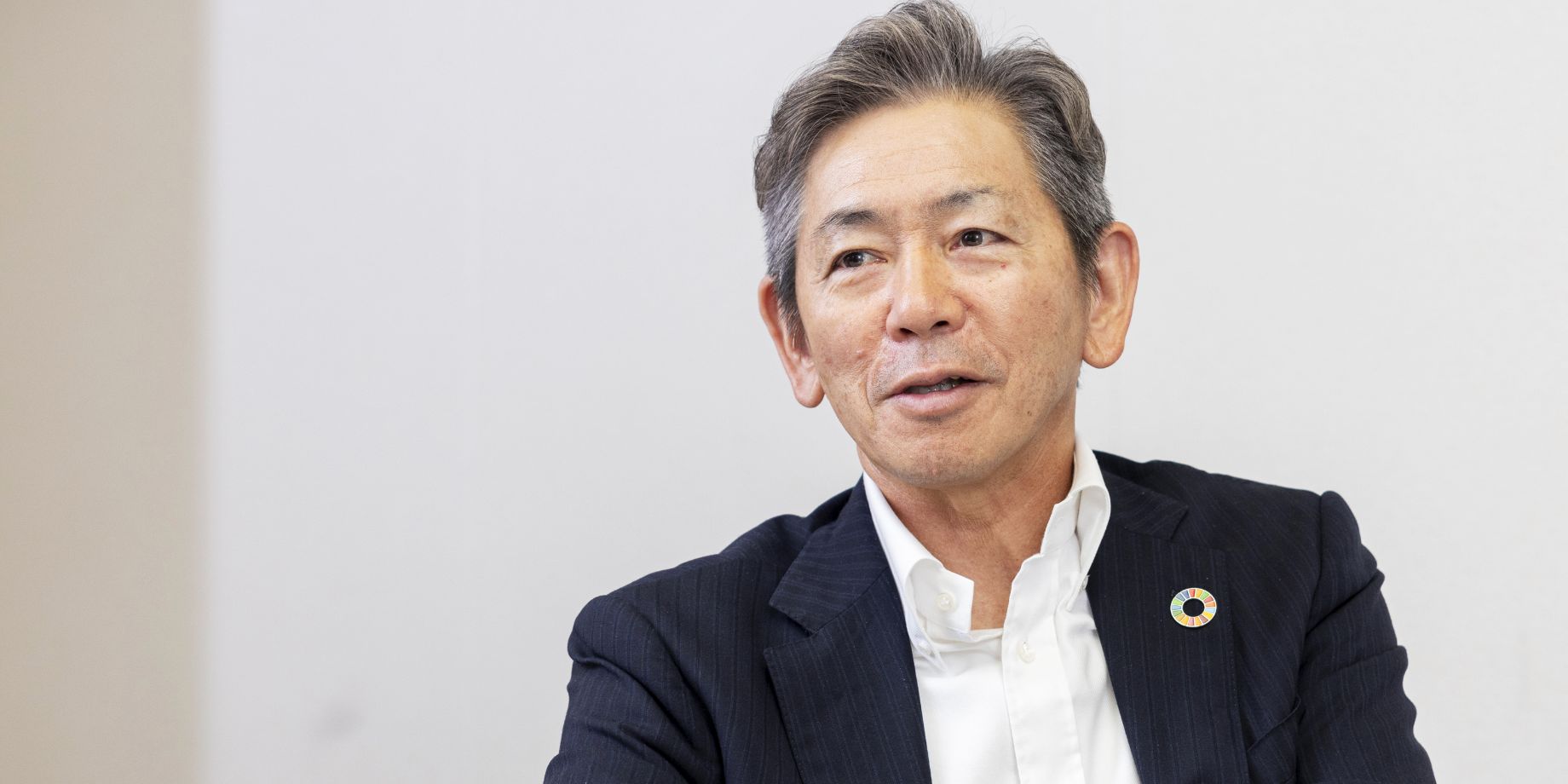
President Tomitaka: This extends product service life and makes them recyclable, reducing overall costs in the end. Ultimately, the third-party ownership model leads to a circular economy.
Ishii: Having a third party own the equipment facilitates proper maintenance and management, ensuring the equipment can be used for a long time. This approach aligns with Kitakyushu City’s philosophy of establishing a circular economy that pretty much puts an end to the throwaway mentality, and we provide services in a way that alleviates the concerns of municipalities.
——How did the two companies start working together?
Tomitaka: Our partnership was prompted by the COVID-19 pandemic. After the state of emergency was lifted, it was decided that local elementary school students would attend school during their summer vacation. But there was a problem: the elementary schools weren’t equipped with air-conditioning systems. So installing these was discussed as a way to mitigate against extreme heat, and the third-party ownership model was put on the table for consideration. The model, however, required the cooperation of a private company skilled in leasing and financing, and so here we are today.
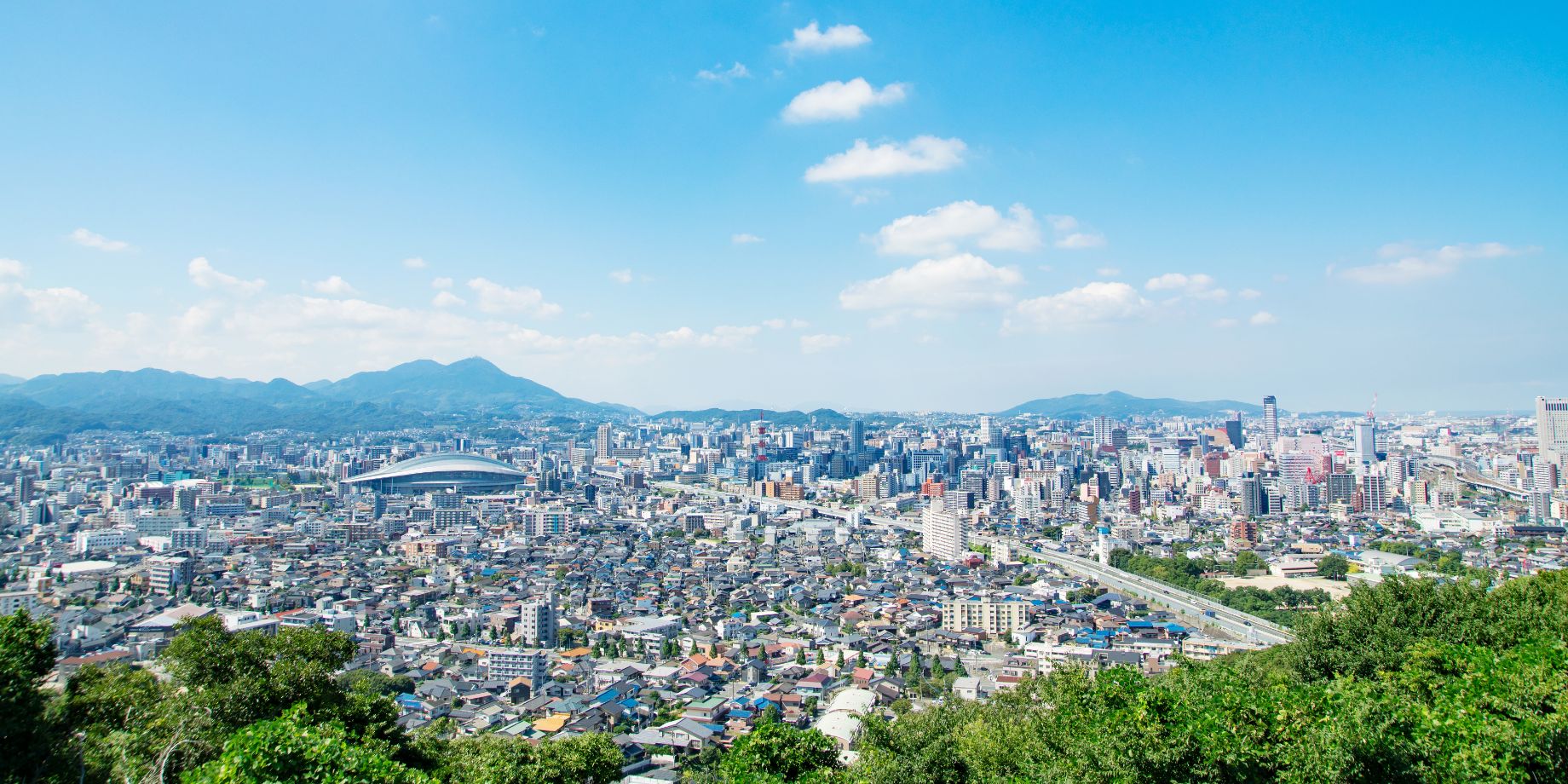
Our “Electricity + Service” Approach Will Not Only Help Municipalities Decarbonize but Also Address Other Issues
——Many local governments are facing hurdles as they try to achieve decarbonization. How do you think the third-party ownership model will effectively meet these challenges?
Tomitaka: While decarbonization is very important, the effects of decarbonization efforts do not appear immediately. Taxpayer money is being invested, so the results must make citizens happy. Our “electricity + service” approach is intended to both address achieving decarbonization and solve current problems.
For example, in the air conditioning business, the introduction of high-efficiency air-conditioning systems not only saves energy but also addresses the issue of extreme heat in elementary and junior high schools. What’s more, the solar power business naturally reduces CO2 emissions, and by installing solar panels and storage batteries as a set in facilities that serve as emergency evacuation centers, we are able to achieve their decarbonization while also securing a power source in the event of a natural disaster. In short, addressing a municipality’s current problems in these areas can advance decarbonization.
Ishii: The means and approaches for achieving decarbonization vary depending on the specific needs of a given municipality. These include a desire to update air-conditioning systems, installation of storage battery systems in facilities meant to serve as disaster evacuation centers, and current considerations for converting official vehicles to EVs. The third-party ownership model allows us to flexibly respond to the needs of each municipality through collaborations with our many partner companies we have built over the course of Tokyo Century’s business expansion.

Ishii: Together, we want to support decarbonization while helping to address urgent administrative issues.
New Electric Power for Municipality and Third-Party Ownership Model to Achieve a Locally Produced and Consumed Electricity Supply
——Finally , what are you excited about for the future?
Tomitaka: There’s no difference in the essential nature of electricity, regardless of the type of equipment used to generate it, so the only differentiating factor is price. That said, we can clearly make a difference by combining electricity with additional services, such as air-conditioning or solar equipment. This is Kitakyushu Power’s greatest strength. The third-party ownership model itself isn’t uncommon, but we’re probably the first corporate entity in Japan to adopt this model to generate new electric power for a municipality .
While it’s certainly true that Kitakyushu City was able to achieve this because it is a government-designated city, this doesn’t make it impossible for small municipalities. It is entirely possible for municipalities to work together through, for example, joint ventures. Looking ahead, we’ll actively encourage neighboring municipalities to join us in developing our business so that we can eventually establish a locally produced and consumed electricity supply system throughout Kyushu to achieve decarbonization.
Ishii: Many municipalities are aware of the challenges of decarbonization but are uncertain about how to take concrete action. There are a wide variety of goals and approaches, such as conserving, creating, and storing energy. We’d like to contribute to achieving decarbonization throughout Kyushu by working closely with municipalities with a shared sense of responsibility while identifying the issues that come to light and potential problems.
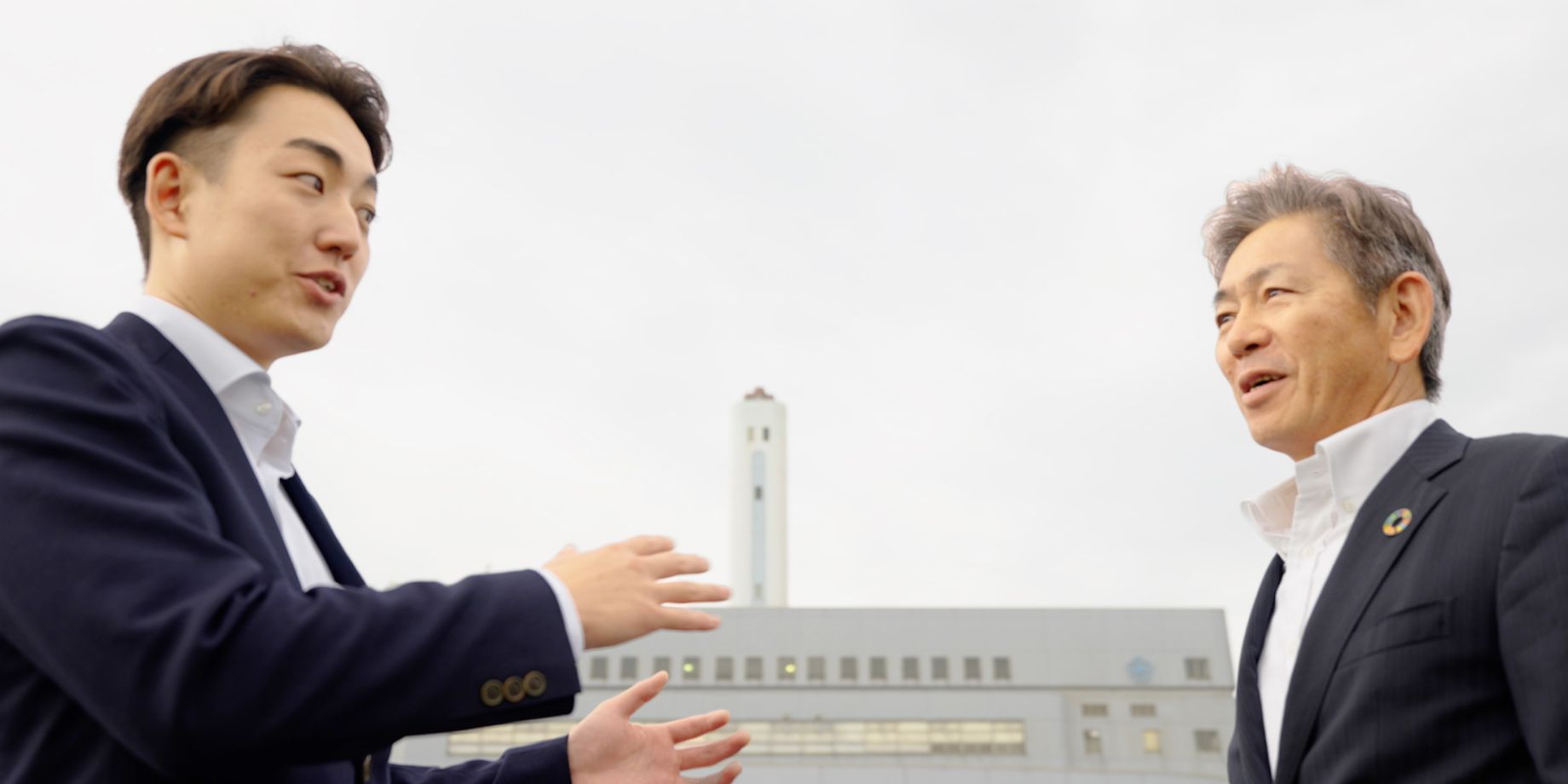
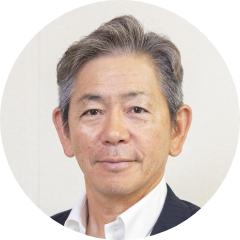
Nobuo Tomitaka
President and Representative Director, Kitakyushu Power Co., Ltd.
Joined Kitakyushu City Hall in 1987, where he worked on taxation-related matters at the Finance and Transformation Bureau. He later worked at the Port and Airport Bureau, the Environment Bureau, and the Industrial Economy Bureau. Since 2020, he has been serving as Director of the Environment Bureau, and in April 2022, he became President and Representative Director of Kitakyushu Power Co., Ltd.

Tatsuya Ishii
Fukuoka Business Division, Corporate Business Unit II, Tokyo Century Corporation
Joined the company in 2017 as a new graduate. After working in area sales at the Metro Tokyo Business Division, he was transferred to the Fukuoka Business Division two years ago. He supports local governments and other organizations in their efforts to achieve carbon neutrality and promotes initiatives across Kyushu to the rest of Japan.
Note: The contents of the article and the position titles are current as of the date posted.
RECOMMEND ARTICLES
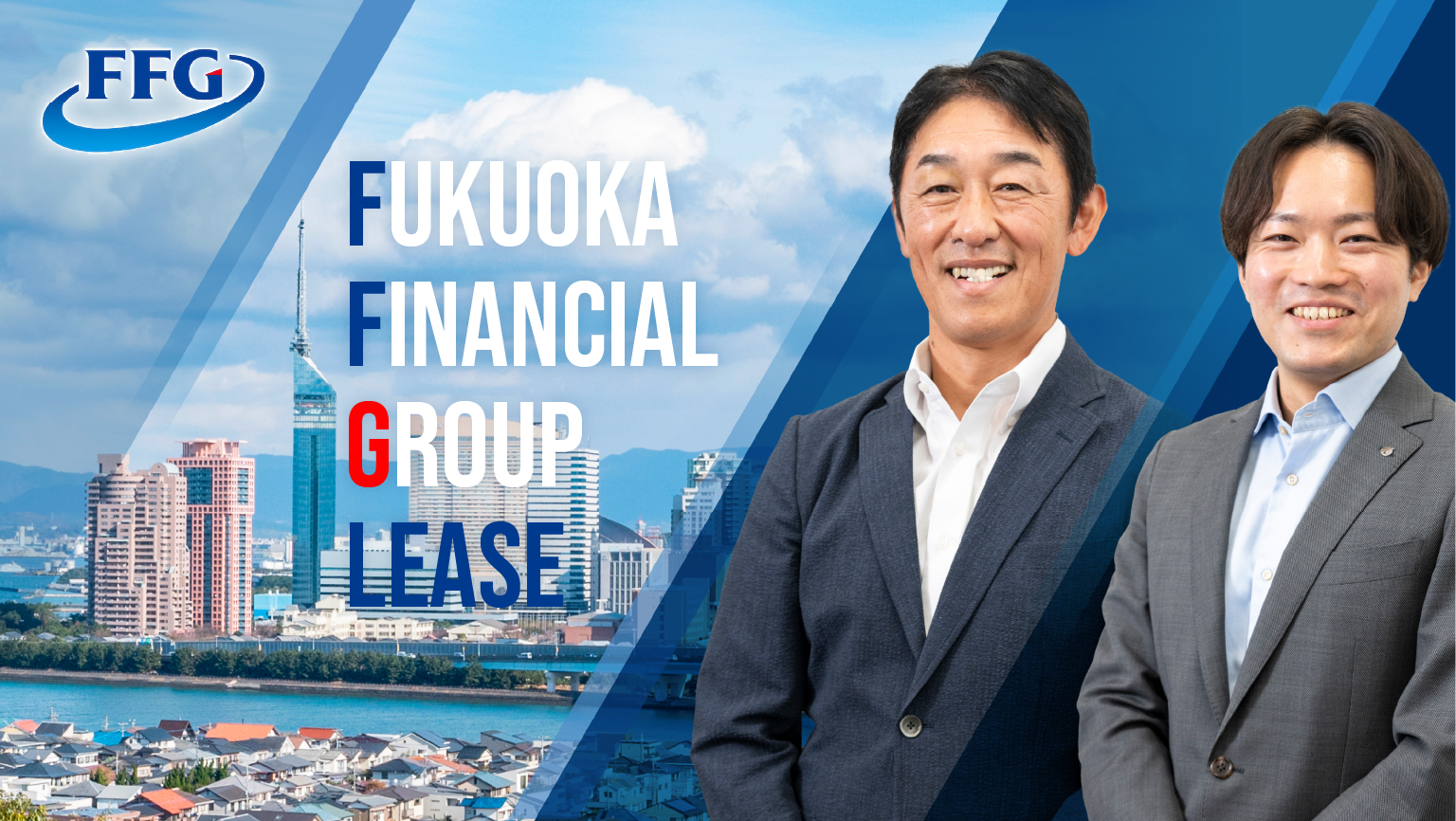
Feb 3, 2025
In March 2022, Tokyo…
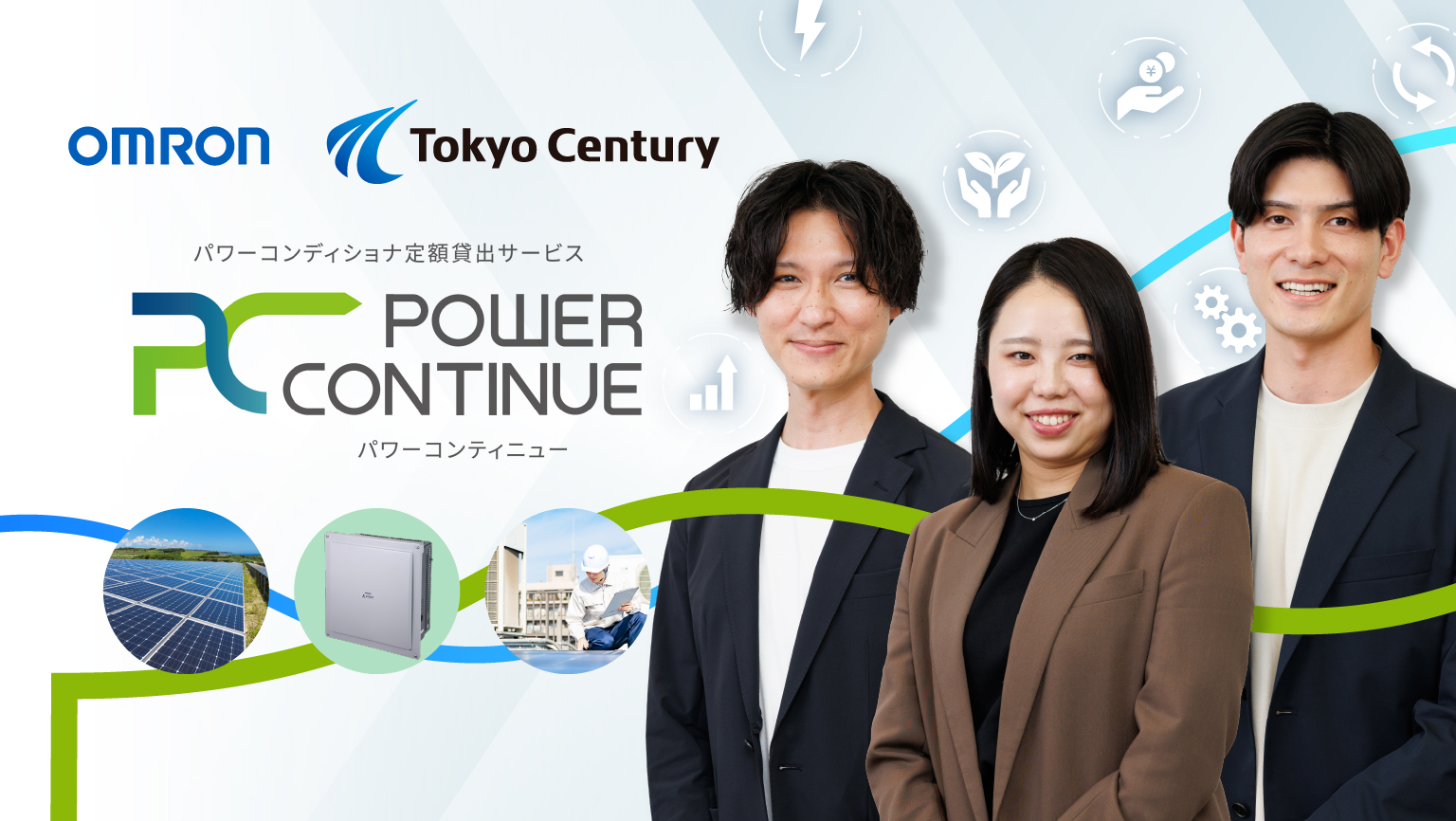
Jan 23, 2025
Operating a solar po…

—How Life Cycle Management Service Supports DeNA’s QCD
Jul 31, 2024
Committed to enhanci…


